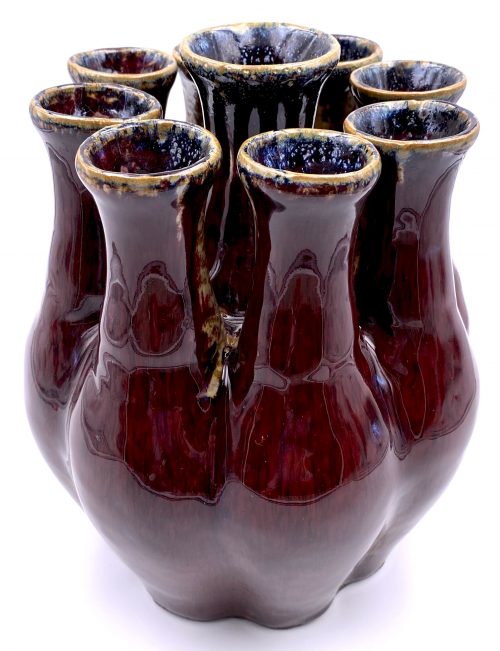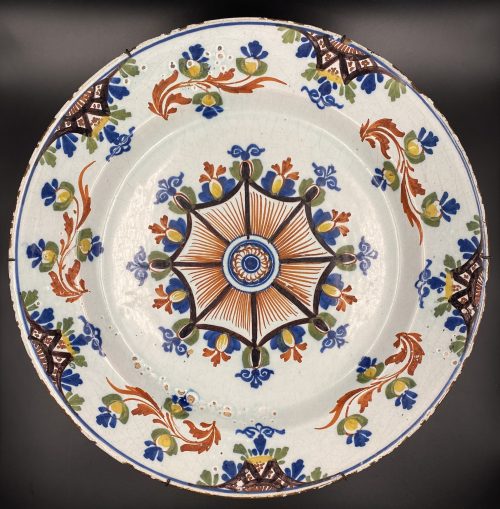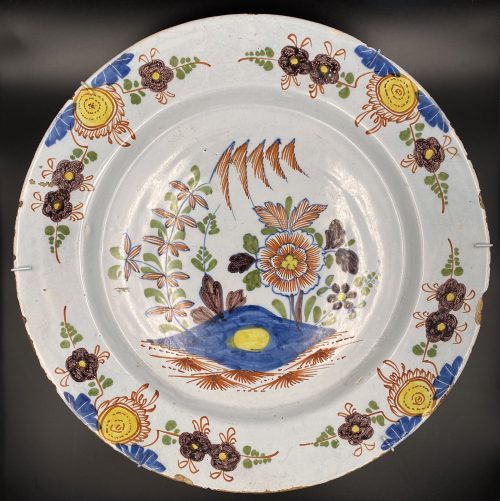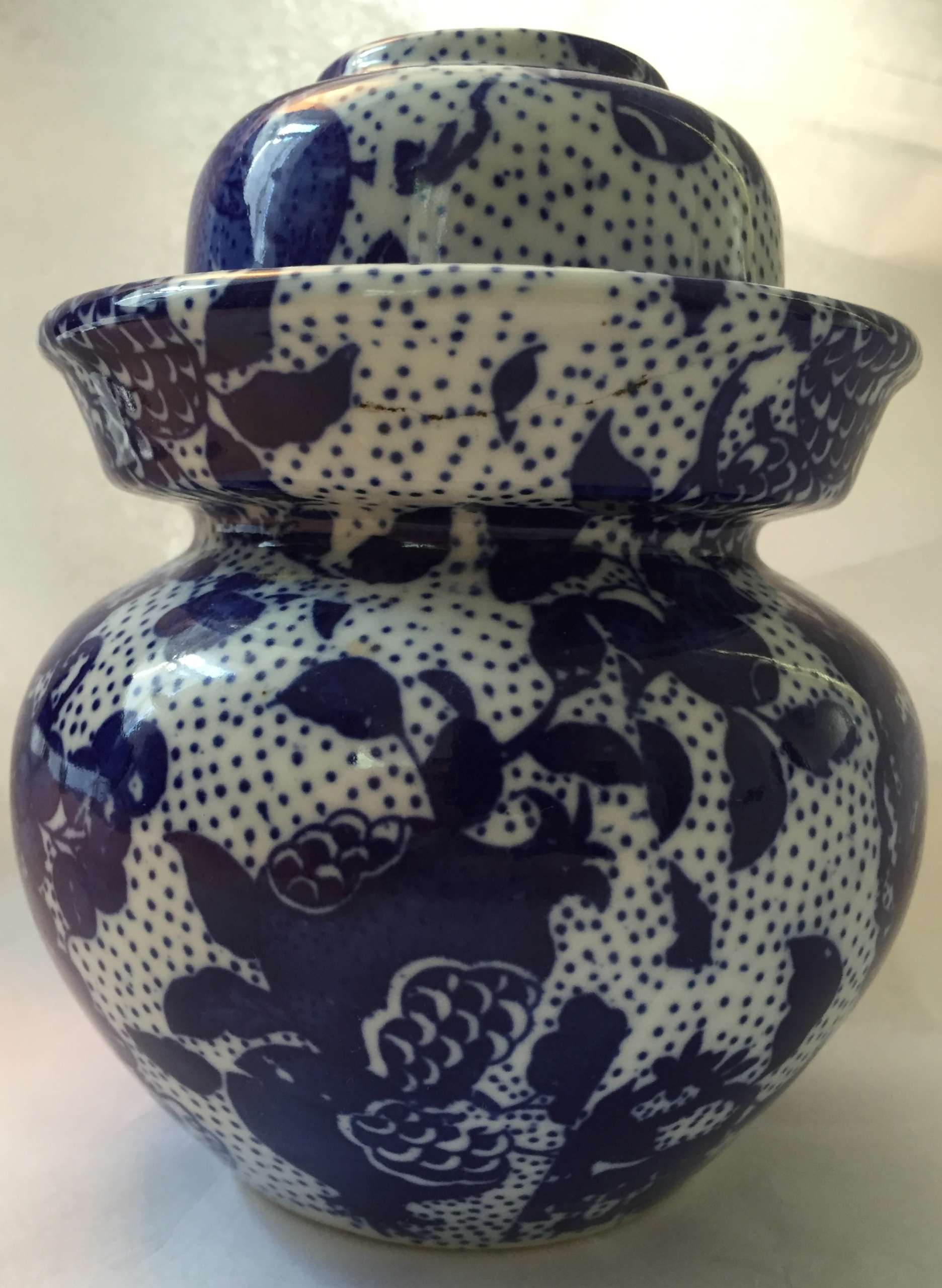Iron tsuba of round form (width > height) decorated with a squirrel (on the face) and bamboo (on the reverse) motif in
sahari flat inlay (
hira-zōgan).
Signed: Hazama (間)
Size: 75.1mm x 75.9mm, thickness of
seppa-dai 5.4mm.
Early 18th century, mid Edo.
Haynes/Torigoye: "There is another name for Hazama tsuba: the Kameyama school. In the period from Hōei to Kyōhō (1704-36) at Kameyama, in the province of Ise, the Kunitomo family made this style of tsuba" [...] The two artists who are best known for the
sahari style of inlaid tsuba are Sadahide and Masahide" [...] The signature Hazama should be considered as that of Masahide".
Sahari inlay is the distinctive characteristics of Hazama school.
Sahari is an alloy of copper, tin, lead, zinc and silver. Hazama tsuba was carved patterns at first, then poured heated into the carvings on iron ground. Because it is an alloy, s
ahari shows different colors in each tsuba.
According to Merrily Baird [
Symbols, p. 163], "squirrels (risu) ... have no symbolic importance".
NBTHK certificate №448388.





















